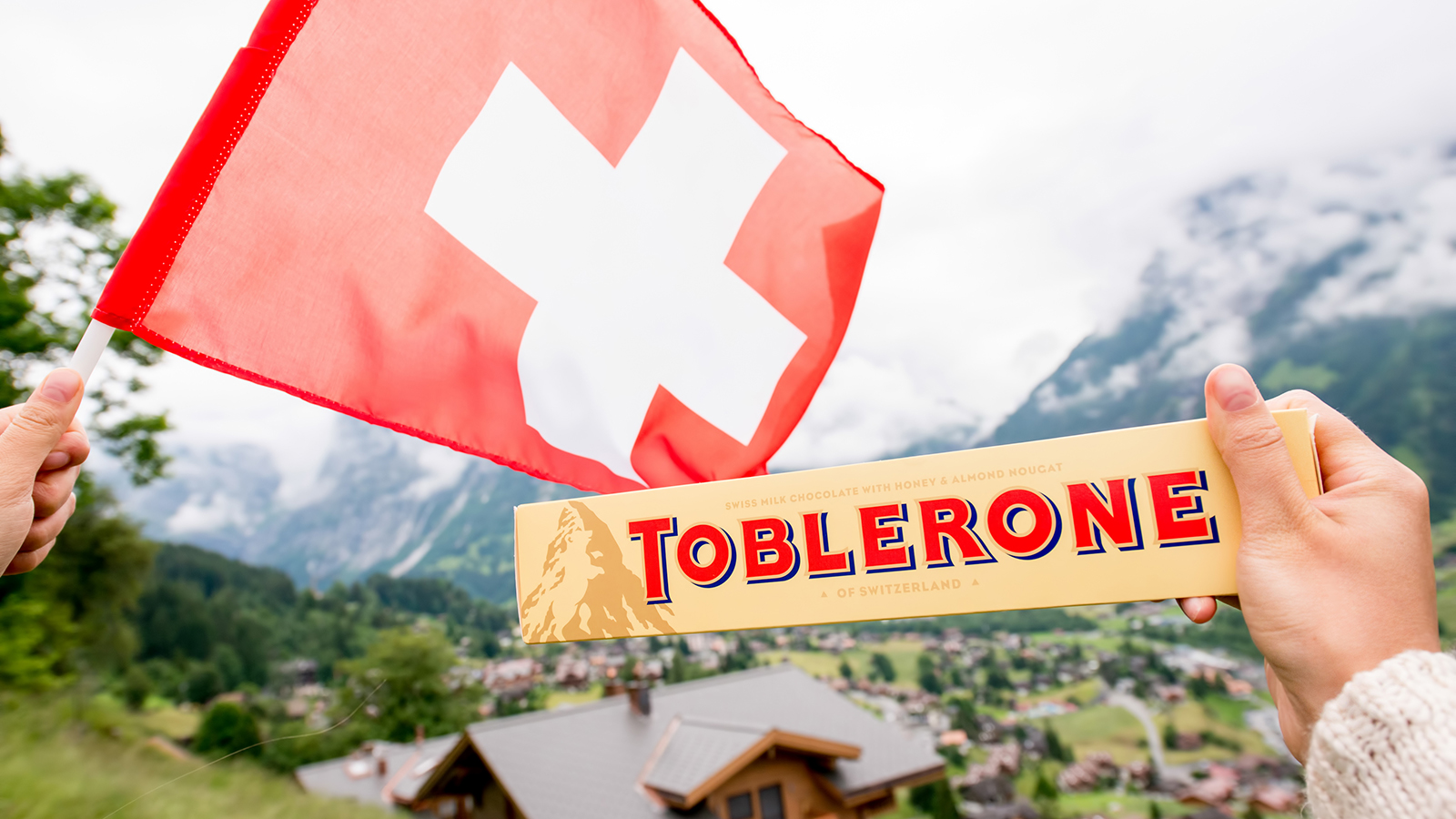
What chocolate bars and the gaming experience have in common
Something happened in early November of last year that really pissed me off …
Toblerone changed its format. Same box. Same price. Less chocolate.
The Brits blamed Brexit. The chocolatier blamed cocoa prices. The customers made mutinous remarks.
Mondelez is based in the US and has owned Toblerone since 1990. Mondelez also owns Cadbury, a brand that has made its mark on Easter candy. Toblerone has been around since 1908, so if you haven’t tried the triangle shaped chocolate, you’re missing something. There are little flecks of nougat inside. Commercially speaking, it’s a mass marketed version of its finer Swiss counterparts. In my family, chocolate is worth fighting for. Without a triangular tube of Toblerone in each Christmas stocking, hopes for the next year would crumble.
Economists have a name for it: they call it “shrinkflation.” (LA Times, Nov 8, 2016). Shrinkflation is when the amount tendered gets smaller, but the price stays the same. Have you ever noticed when your favorite bag of chips or box of cereal seemingly has more air in the bag? Chocolate lovers have taken notice. Do you like the Terry’s Chocolate Orange? It has shrunk. Do you like Girl Scout cookies? Fewer cookies per box. Do you like Twix? Downsized in 2013. Even Cadbury Dairy Milk bars went from a block format to an oval shape. Talk about cutting corners!
Companies think that minor adjustments will go unnoticed. You won’t find announcements online. And yet, customers know. The change in format for Toblerone last November 6th was a hotter topic online in Britain than the US election.
Perhaps, you’ve witnessed similar upheavals in your own gaming environment?
Have you changed Free Play and experienced the onslaught of discontent? Have you touched Hold percentage? Are your multi-line games spinning faster?
Have you heard your players describe their gaming experience? Same box. Same price. Less time-on-device.
Let’s look at mutinous behavior, where it comes from, and why our knee jerk reactions get us into trouble.
Respect the gut of the consumer.
They know. A player intuitively knows when the most minute percentage adjustment is made behind the scenes. Change coin-in to point reinvestment. They will know. Change hold percentage. They will know. Shorten the time it takes for each wager. They will know. Always be listening. Always be qualifying the discontent. The players are not whining. They aren’t wrong.
Change is ever present. Trust is not.
Customers dislike change. Be it positive or negative, change upsets the apple cart. As marketers, we spin, we sell, we cajole. Any change to a loyalty program, or to a slot floor, is either done quietly or resold as a customer benefit. The problem is that this change erodes trust. Loyalty is built upon trust. We prepare ourselves to weather the storm of short-term discontent expecting players to eventually return. Players will get used to the new program. Players will absorb the change. And yet, with a plethora of choices, trust matters. A shiny new benefit that costs you less will not necessarily be perceived by the customer as more. It’s easy for the customer to feel cheated. It’s easy for the customer to threaten brand abandonment. A customer’s connection to a brand is emotional. In this passionate state, it’s hard for a business to explain change or the nature of the cost of doing business.
Get to the core of choice.
It’s important to separate the boardroom from the customer experience. In data driven environments, a marketer must ensure that the business is not run by the numbers to a point where the customer feel likes a number. Constantly be learning about why the customer chooses you. For Toblerone, it was the way the enthusiast broke off each chocolate piece by piece. Change the distance between triangles and the novelty changes. Recast your metrics so that it shows the customer’s bottom line. Are they truly playing towards the next jackpot? Or, are they playing to preserve time-on-device? What most excites them about their visit? How can we enhance what is a core benefit to them? If core elements of an experience are preserved or enhanced, then a customer might be willing to pay slightly more for it.
The higher cost of production for products shipped to the UK prompted the Toblerone meltdown last November. Fortunately, Santa left Toblerone in my family’s stockings last Christmas in the original size. God Bless America.







